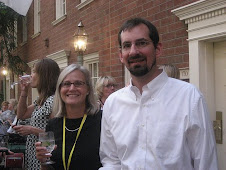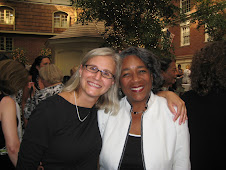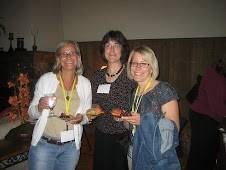
image from Thinking Maps.com
The EHS Community of Practice (CoP) wants to delve deeper into the research behind the Thinking Maps. Members of the CoP see that the maps work, but they want to know why. Thinking Maps, Inc.'s introduction video provides a good start to understanding the research, the development, and the practical applications for Thinking Maps. The 10-minute video is just a click away at the top of Thinking Maps, Inc.'s Home Page.
Regarding research behind the maps, Thinking Maps, Inc., explains why the maps work on their website:
"Thinking Maps® have assisted many educators and students with the learning process. By linking a visual pattern to specific thought processes, Thinking Maps® enable students to develop neural networks for thinking that the brain recognizes and builds on continuously. Thinking Maps® enhance the student's ability to independently transfer thinking skills to content learning across disciplines and to lifelong learning. Through repetition, consistency and extension, the use of Thinking Maps® strengthens networks for thinking which in turn enhance the brain's natural ability as a pattern detector."
Thinking Map, Inc.'s website also includes data from schools across the country who have improved standardized test scores since implementing Thinking Maps.
David Hyerle developed Thinking Maps using the brain research of Art Costa, Al Upton and Robert Marzano. Hyerle summarizes research into the successes of Thinking Maps that is found in his book Student Successes with Thinking Maps. For more information explore Hyerle's website, mapthemind.com.
Even more research on student successes with Thinking Maps can be found at Thinking Foundation's website. Teachers interested in conducting their own research on the effectiveness of Thinking Maps can apply for a grant from Thinking Foundation.org.
One question that teachers always ask is: Do bubble, double bubble, and circle maps really need to be circles; can't students just create squares? The answer is NO. Since the Thinking Maps are a common language and since the brain is a pattern detector, students and teachers need to keep seeing the same shapes and format for the maps. Some teachers may believe that strict adherence to these shapes and forms is ridiculous, but to use the maps to their optimum benefit, teachers need to help students' brains detect these common language patterns. Consistency is the key!
bubble map from thinkingmaps.com








3 comments:
I often had students ask if they really had to draw circles for the maps. Some of them would have so much rather drawn boxes with straight lines. I think the point about detecting patterns is a good one and that consistency and being committed to the common language of the maps is really the key to the success behind them.
I have been thinking about the different ways I could use thinking maps in my job in the health office. I am looking foward to giving them a try!
I am particularly interested in using one for asthma with casuse and effect. Asthma causes many absences and is often poorly managed in students that come from poverty. Ann Little
Ann--I am excited that you are in the CoP and Cohort 5. It will be great to work the maps into non-classroom settings.
Post a Comment